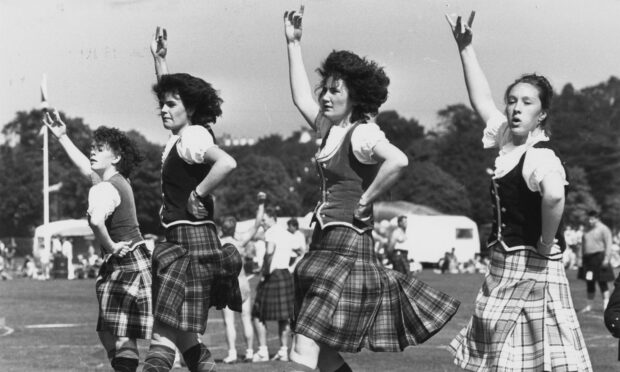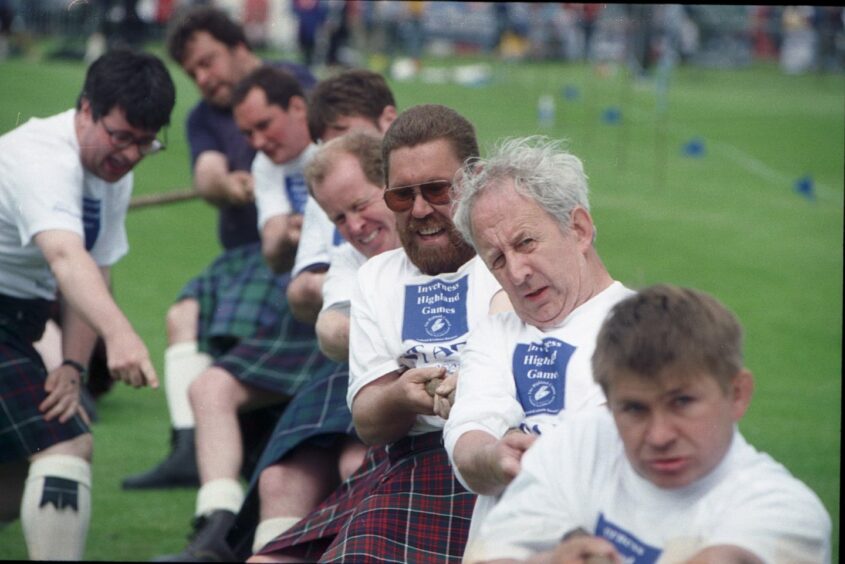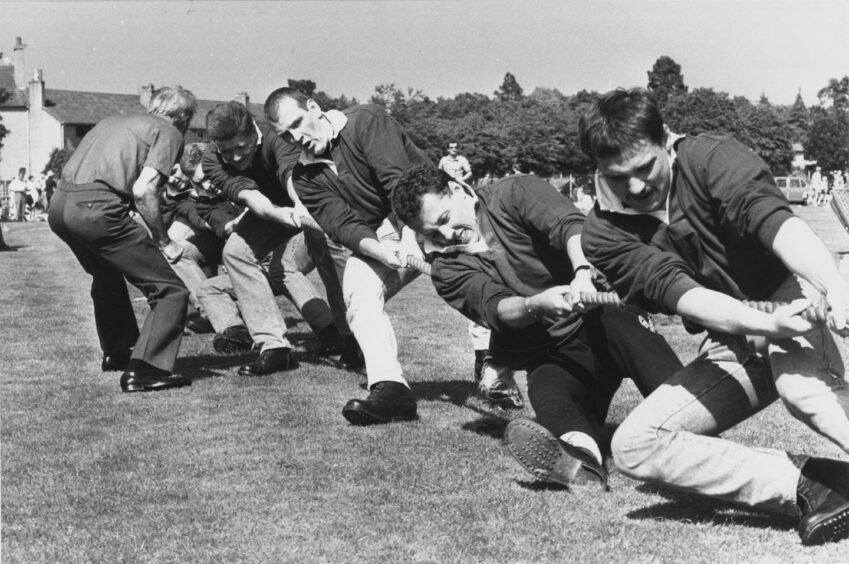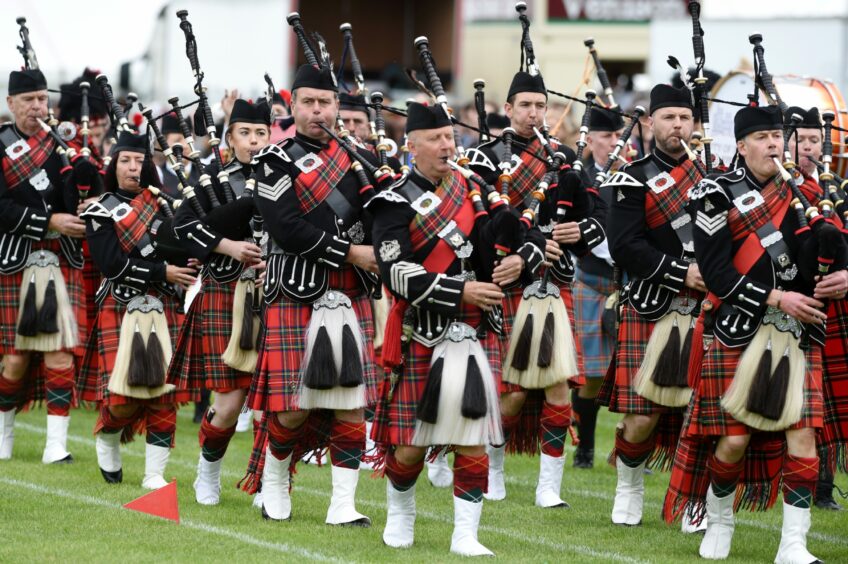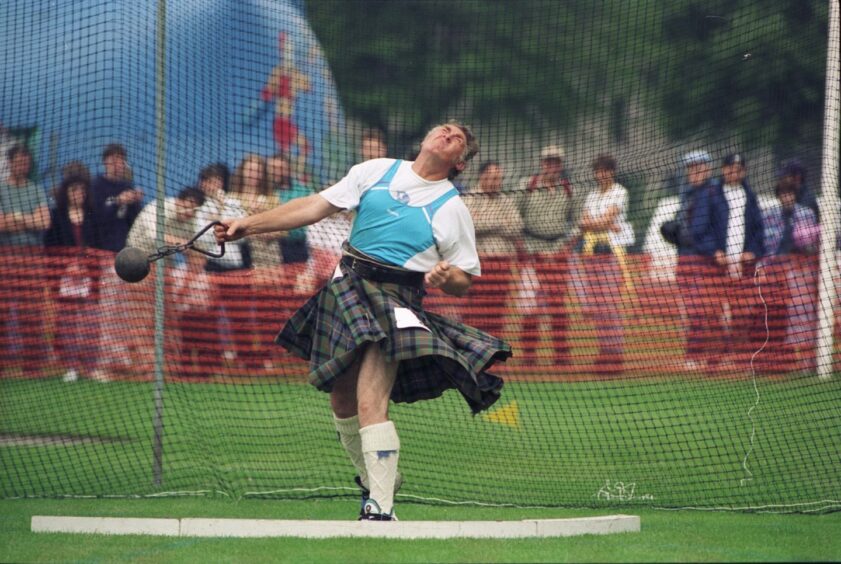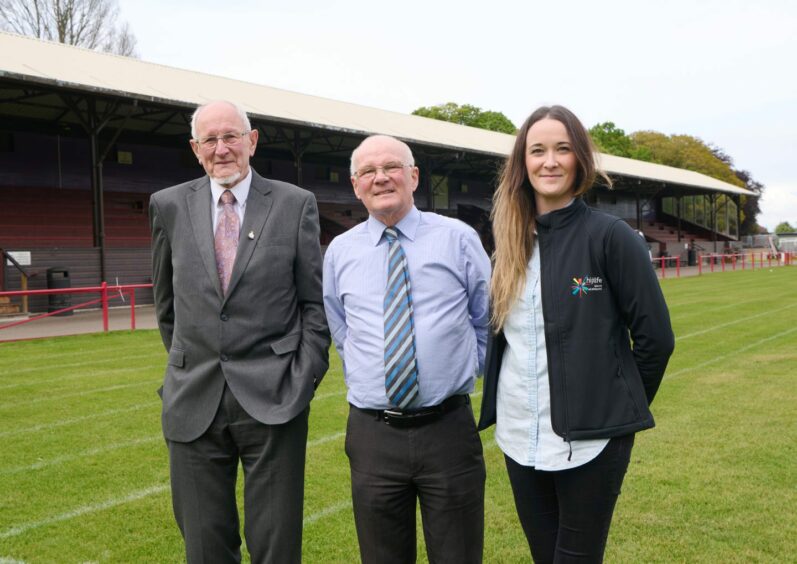The mystery surrounding the origin of the Inverness Highland Games has been solved once and for all – kind of.
On May 16, High Life Highland announced the Highland Games would be celebrating their 200th anniversary in Inverness this July.
As a result of the P&J reporting on this, emails from locals started trickling into our inbox questioning whether this really would be the bi-centenary celebration.
Some thought the games were actually first held in the Highland city in 1837, meaning they had only been on the go for 185 years rather than 200.
After weeks of research and archive digging from High Life Highland, it is time to set the record straight.
To answer the question of when they first came to Inverness, we first need to take a look at the games in the area throughout history, starting all the way back in the 11th Century.
Did it all start with King Malcolm III?
Some believe the roots of Highland Games date back to the 11th Century when King Malcolm III organised a race to the summit of Craig Choinnich near Braemar.
The story goes that he hoped to find the fastest runner to become his personal courier.
This speculation does not bring us any closer to our answer.
Did Glengarry kick it off in 1809?
The Glengarry Highland Games were first held in 1809, then annually from 1816 to 1821.
It is not clear why this is relevant – until we look at what happened the next year.
200th anniversary of 1822 games
We now come to the year that led High Life Highland to brand this year’s event the 200th.
The Highland Games were held in Dunain Croy in 1822. At these games, runners reportedly arrived at the finish line of an eight-mile race naked and teams of men attempted to tear the legs from a cow.
Author, broadcaster and Inverness Courier columnist Charles Bannerman said this event, which is wrongly referred to as the True Highland Games, should not be associated with the games we know today.
Location is also a problem here.
One reader, who calls themselves “A True Highlander”, said in an attempt to set the record straight: “The event in 1822 was a duplicate of the 1821 Glengarry Highland Games, which were effectively, the Glengarry games on tour.
“Dunaincroy, where the 1822 Games were undeniably held, is not within the former Inverness Burgh and is in fact within the old Inverness County.
“Essentially, Inverness has to cross a historical and a geographical hurdle to lay claim the 1822 Games were theirs.”
This possibly confirms that the 2022 Inverness Highland Games could not be viewed as the 200th event.
Longman next in 1837
The first official Highland Games to come to Inverness were held in 1837 by the Northern Meeting at the Longman.
High Life Highland archivist Alison Mason said: “It was 1837 when the ‘first official’ Games, organised by the Northern Meeting, were held on the Longman and open to the public.
“Events included heavy and field, wrestling, wheelbarrow and sack races with the main event a musket shooting at a 36ins target at 100 yards.”
Another Inverness games at Northern Meeting Park in 1864
The games moved to the Inverness Royal Academy school yard on Academy Street and in 1848, then to Bell’s Park – now the bus station – in 1863.
In 1864, they moved to a purpose-built arena, the Northern Meeting Park, on Ardross Street following an argument with academy directors over rent money.
Why was the 1888 event the Centenary Games?
Confusingly, the 1888 Highland Games in Inverness were called the Centenary Games.
This was however to mark the centenary of the Northern Meeting Society rather than the event.
Did it actually begin in 1947?
The games wavered in popularity until 1947 when they were taken over and revived as a new event by North of Scotland Amateur Athletic Association.
Mr Bannerman said this was “in no way, shape or form a continuation of the Northern Meeting Games.”
The new event was first called the Inverness Gathering but evolved to become the Inverness Highland Games.
In the years that followed, they were run by Inverness Amenities Association, Inverness District Council, Highland Council and now High Life Highland.
What is the final answer?
The question of when the Inverness Highland Games started has been somewhat of a historical conundrum in recent weeks.
Though it could still be debated, it seems the most definitive answer is that the Highland Games first came to Inverness in 1837.
However, it could also be said that they didn’t take the form they hold now, the Inverness Highland Games, until 1947 following their revival.
So is it their 185th year? Is it their 75th?
One thing is for sure, no matter what anniversary they are celebrating, the games will be back this year with a vengeance on July 16.
